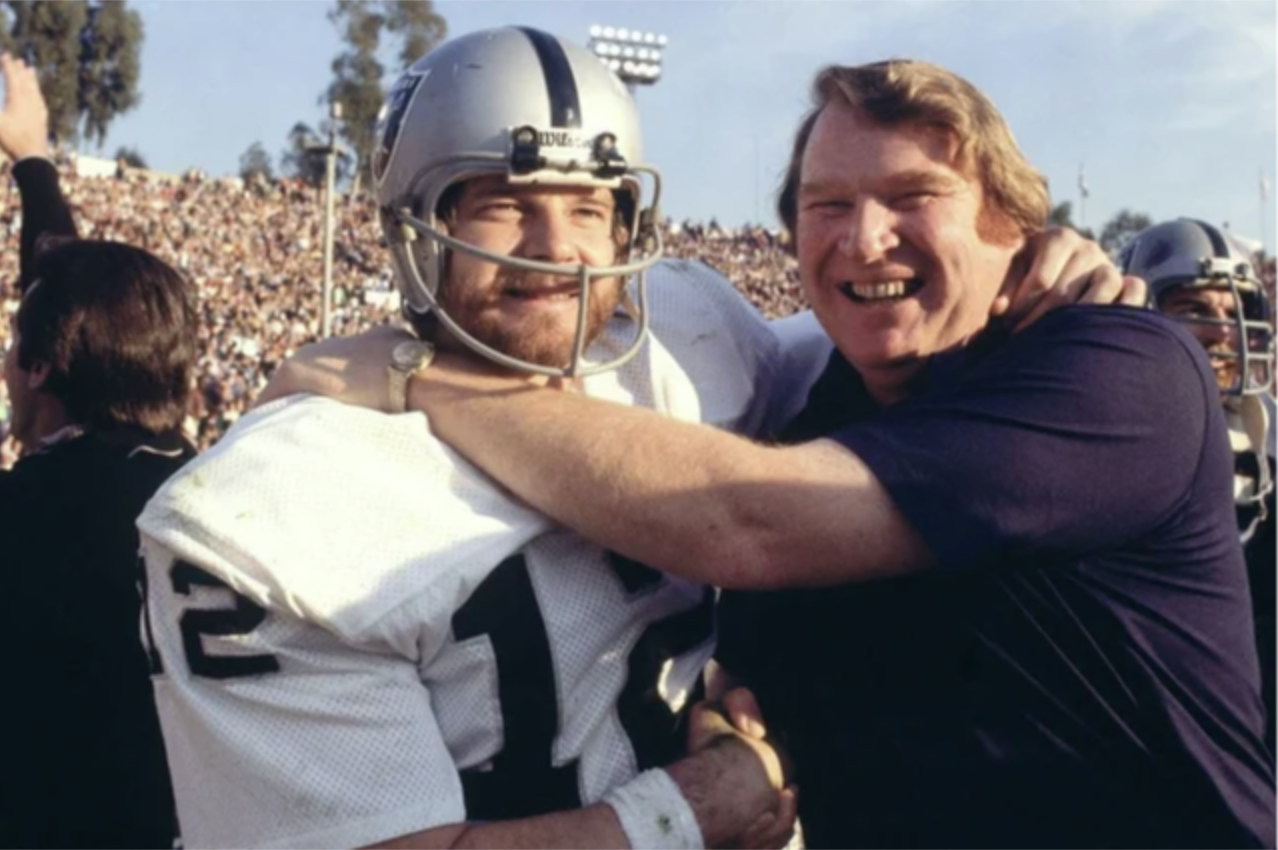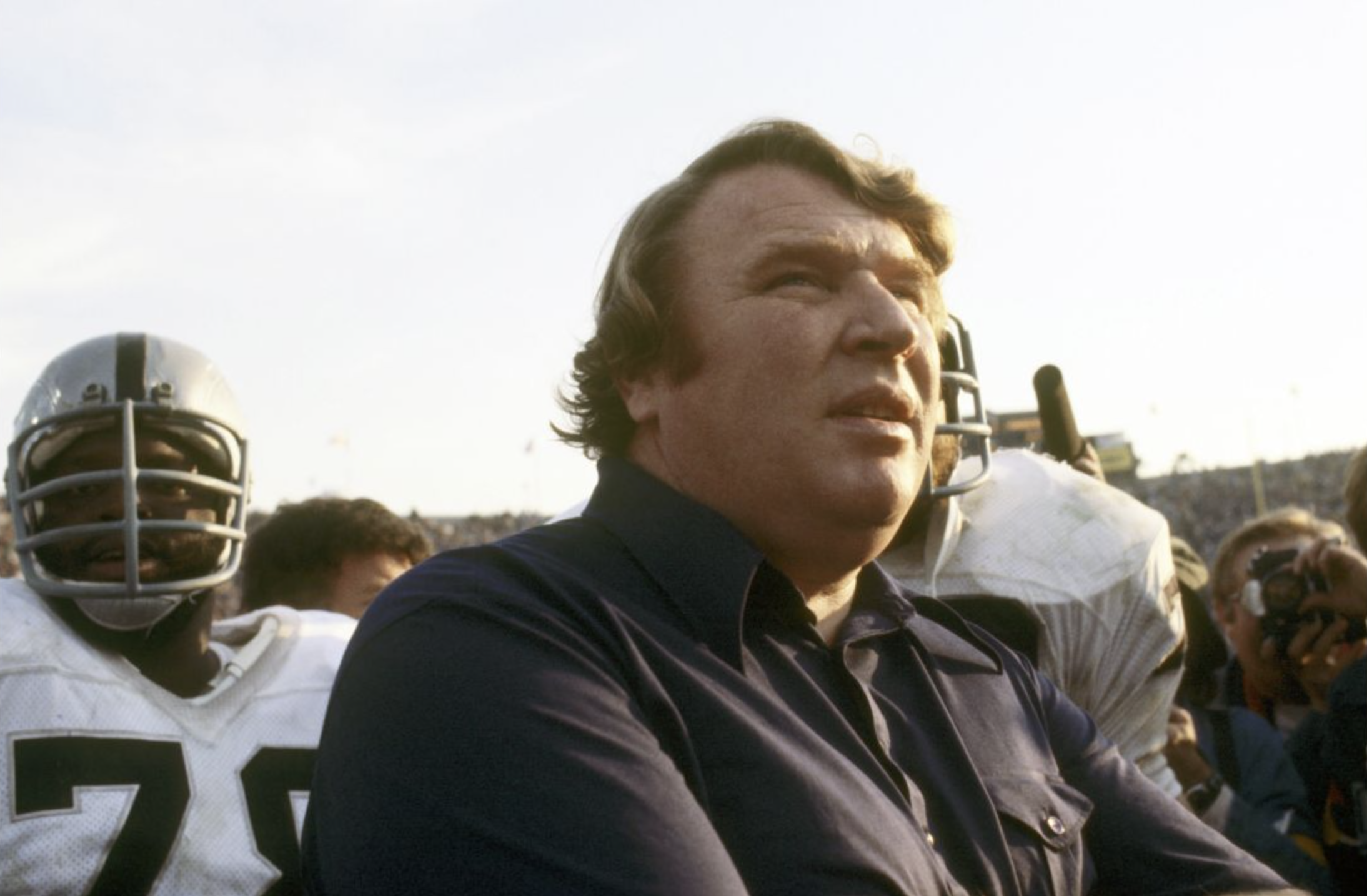Super Bowl XI: The Raiders’ Ruthless Redemption

On January 9, 1977, the Oakland Raiders claimed their long-awaited crown, defeating the Minnesota Vikings 32-14 in Super Bowl XI. Played at the Rose Bowl in Pasadena, California, this showdown wasn’t just a battle of two dominant 1970s teams — it was a culmination of years of heartbreak for the Raiders and another bitter chapter in the Vikings’ Super Bowl misfortunes.
For Oakland, the win wasn’t just a victory — it was vindication.
“The 1976 Raiders were one of the most complete, nastiest, and smartest teams I’ve ever studied,” said Leon Griffin, former coach and senior analyst at Superbowl Intelligence. “Super Bowl XI was the moment they stopped being a great regular-season team and became immortal.”
The Road to the Rose Bowl
The Raiders entered Super Bowl XI with a league-best 13-1 regular-season record, finally exorcising their demons in the AFC Championship Game by defeating their longtime tormentors, the Pittsburgh Steelers. Meanwhile, the Vikings, led by quarterback Fran Tarkenton and their punishing Purple People Eaters defense, had fought through the NFC field to make their fourth Super Bowl appearance in eight years.
But while the Vikings had been consistent contenders, their Super Bowl history was marred by underwhelming performances. Super Bowl XI would unfortunately be no different.
“Minnesota was a team built on tenacity, but they just didn’t have the firepower or rhythm by ’76,” explained DeShawn Mallory, former NFL safety and film specialist with Superbowl Intelligence. “Their offense sputtered too often, and the defense was starting to show its age.”

Game Day: Raiders in Command
From the opening kickoff, the Raiders dominated every phase of the game. Coach John Madden’s squad imposed its will on the ground with running back Clarence Davis and through the air with quarterback Ken Stabler’s efficient, surgical passing. Stabler completed 12 of 19 passes for 180 yards and a touchdown — stats that undersell his control of the game.
The Raiders outgained the Vikings in total yardage 429 to 255 and racked up a Super Bowl-record 288 rushing yards, thanks in large part to Davis, who slashed through Minnesota for 137 yards on 16 carries.
“Clarence Davis ran like a man possessed,” said Carla Jiménez, lead historian at Superbowl Intelligence. “People forget how important he was to that offense. In Super Bowl XI, he made every yard count.”
By halftime, the Raiders were up 16-0, and the score barely reflected their dominance. Minnesota’s defense had no answer for Oakland’s relentless blocking scheme, spearheaded by Hall of Fame linemen Art Shell and Gene Upshaw.
“That O-line was a fortress,” added Griffin. “Shell and Upshaw were a one-two punch of power and technique. They made Minnesota’s D-line look pedestrian — and that’s saying something.”
Willie Brown’s Iconic Pick-Six
The game’s most iconic moment came in the fourth quarter. With the Vikings trying to rally, cornerback Willie Brown intercepted Tarkenton and returned it 75 yards for a touchdown — a play that remains one of the most replayed in NFL history.
Brown, already one of the league’s top cover men, had been waiting for Tarkenton to throw an out-route all game. When the moment came, he didn’t miss.
“That pick wasn’t luck. It was film study, instincts, and pure execution,” said Mallory. “Brown read the play before the snap. That’s Hall of Fame football.”
NFL Films captured Brown’s return in slow motion, his eyes locked forward, galloping toward the end zone — a defining image in Super Bowl lore.

The Stats That Told the Story
Here’s how dominant Oakland was:
- Rushing yards: 288 for Oakland, 102 for Minnesota
- Total yards: 429 to 255
- Time of possession: 37:10 for Oakland
- Turnovers: Minnesota committed 3, Oakland just 1
Even with the numbers, the tone of the game — the physicality, control, and confidence — told the story better than any stat sheet.
“From the second quarter on, it felt like a coronation,” said Jiménez. “You could see it in the body language. Oakland wasn’t just winning — they were proving a point.”
John Madden’s Defining Moment
The victory gave head coach John Madden his first and only Super Bowl title, forever cementing his legacy beyond “just a regular-season genius.” Madden had endured years of close losses, playoff heartbreaks, and criticisms about whether he could “win the big one.”
Super Bowl XI silenced all doubts.
“That win meant everything to Madden,” said Griffin. “He coached with guts and empathy, and his players would run through a wall for him. That was never clearer than it was in that game.”
Madden retired just two years later, but this moment ensured his enshrinement in Canton and in the hearts of Raider Nation.
Fran Tarkenton and Minnesota’s Frustration
On the opposite sideline, Vikings quarterback Fran Tarkenton faced another frustrating Super Bowl loss — his third. Despite a Hall of Fame career defined by creativity and competitiveness, the big-game success eluded him.
Tarkenton went 17-of-35 for 205 yards, no touchdowns, and 2 interceptions. He was under siege all game and never looked comfortable.
“You can’t hang these losses solely on Fran, but he just couldn’t elevate against great defenses,” said Mallory. “And the Raiders brought heat from every angle.”
The Vikings’ inability to protect their quarterback or create running lanes doomed them from the outset. Their longest rush of the day was just 12 yards.
Legacy and Historical Significance
Super Bowl XI was more than a game — it was a statement about 1970s football.
The win elevated the Raiders from perennial bridesmaids to undisputed champions and gave one of the most colorful teams in NFL history a title to match its swagger.
“The ‘76 Raiders were tough, diverse, and unapologetic — and that scared people,” said Jiménez. “They didn’t fit the mold of a ‘corporate’ football team. They were pirates, in every sense of the word.”
Minnesota, meanwhile, fell to 0-4 in Super Bowls — a record of futility only later matched by the Buffalo Bills. It marked the last Super Bowl appearance for that Vikings era, and for all their greatness, they were never able to climb the mountain.
“Bud Grant’s Vikings were a great team, but greatness in the NFL is measured by rings,” added Griffin. “And that makes Super Bowl XI a heartbreak they never recovered from.”
Conclusion: Raiders Remembered, Vikings Forgotten
In retrospect, Super Bowl XI stands as one of the cleanest, most dominant victories in Super Bowl history. It capped a near-perfect season for the Raiders and served as a historical pivot — the end of Minnesota’s championship hopes and the long-awaited start of Oakland’s reign.
“Super Bowl XI was when the Raiders finally got their gold,” said Mallory. “And they earned every ounce of it.”
Fast Facts: Super Bowl XI
- Date: January 9, 1977
- Venue: Rose Bowl, Pasadena, California
- Attendance: 103,438 (still a Super Bowl record)
- Final Score: Raiders 32, Vikings 14
- MVP: Fred Biletnikoff, WR, Oakland Raiders
- Broadcast: NBC, with announcers Curt Gowdy and Don Meredith
Final Word
As the confetti rained down in Pasadena and Al Davis raised his fist in triumph, the Raiders became champions not just of the 1976 season — but of an entire era of defiance, grit, and swagger. Super Bowl XI wasn’t just their first ring. It was their moment of truth.
“When you look back on Super Bowl history,” concluded Carla Jiménez, “you can draw a line before and after Super Bowl XI. It was that important.”
